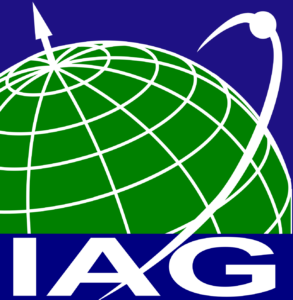SG 2.6.1: Geodetic observations and physical interpretations in the Tibetan Plateau
Chair: Wenbin Shen (China)
Vice-Chair: Cheinway Hwang (China-Taipei)
Terms of Reference
Mass transport and (re-)distribution of the Tibetan Plateau is a research hotspot in the field of geoscience, relevant to global climate, glaciers, lakes, permafrost and deep geodynamics. The mountain building processes and their dynamic mechanisms of the Tibetan Plateau are still unclear and remain a key topic of research in geo-sciences. As multiple-type of data continue rapidly to grow on the Tibetan Plateau ,advanced techniques in signal processing are needed to effectively extract targeted signals. Cross-correlations between different data types are important keys to discover the connections between the data, and to understand the causes and the consequences of the phenomena of interest.This working group will concentrate on but not limit to the studies of hydrological change, crustal deformation, regional gravity field and its variation, mass migrationand Moho variation, geodynamic and cryospheric processes and climate change of the Tibetan Plateau, based on various observations from space-borne and terrestrial sensors, such as GNSS, GRACE, GRACE-FO, satellite altimetry, InSAR, and ground gravity. Relevant investigations and studies will significantly promote the understanding and revealing of the uplift processes and dynamic mechanisms of mass transport in the Tibetan Plateau.
Objectives
- Hydrological change over river basins, lake level variation, permafrost, vertical deformation, mountain glacier change, atmospheric circulation of the Tibetan Plateau, and their interpretations from altimeter, GNSS, GRACE, GRACE-FO, and gravimeters;
- Geopotential and orthometric height determinations and unification of world height datum systems;
- Long-term monitoring of surface processes from satellite altimeters such as ICESat, TOPEX, Jason-1, -2, and -3, ERS-1, -2, ENVISAT, SWOT and Sentinel series;
- Results of satellite and terrestrial-based gravimetric observations;
- Results of GNSS observations, GNSS meteorology, and ionosphere;
- Geophysical interpretations and consequences of gravity, GNSS, satellite altimetry, and seismic observations;
- SAR and LiDAR detections of surface deformation, especially over the TibetanPlateau;
- Crust structure and density refinement especially in the Tibetan region using multi-datasets.
Members
Wenbin Shen (China); Chair
Cheinway Hwang (China-Taipei); Vice-Chair
Benjamin Fong Chao (China-Taipei)
Tonie van Dam (Luxembourg)
Xiaoli Deng (Australia)
Hao Ding (China)
Xiaoli Ding (China-Hong Kong, China)
Jeffrey T. Freymueller (USA)
Mi Jiang (China)
Yuanjin Pan (China)
Jim Ray (USA)
Xiaodong Song (USA)
CK Shum (USA)
Heping Sun (China)
Wenke Sun (China)
Robert Tenzer (China-Hong Kong, China)
Leonid Zotov (Russia)



